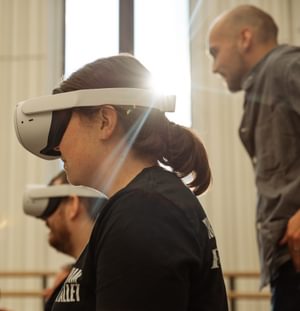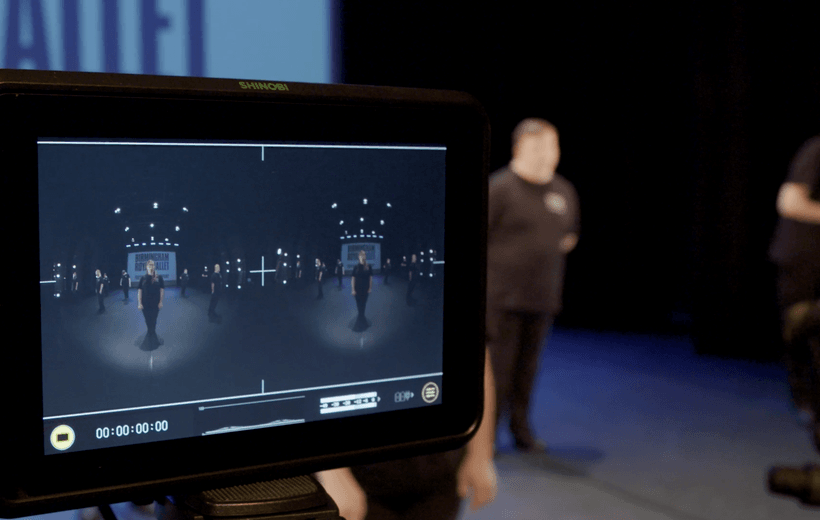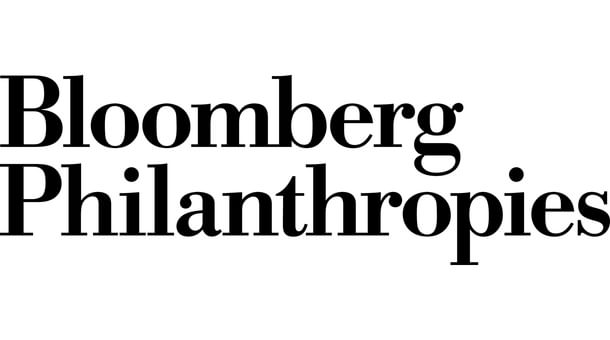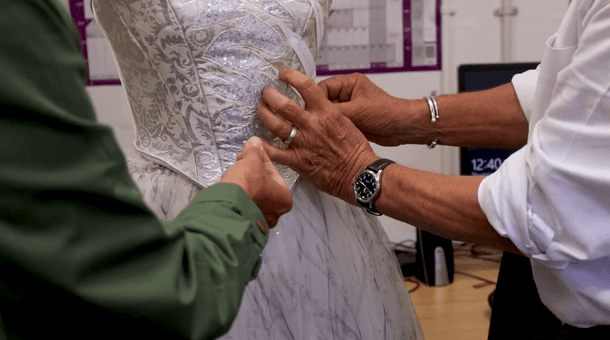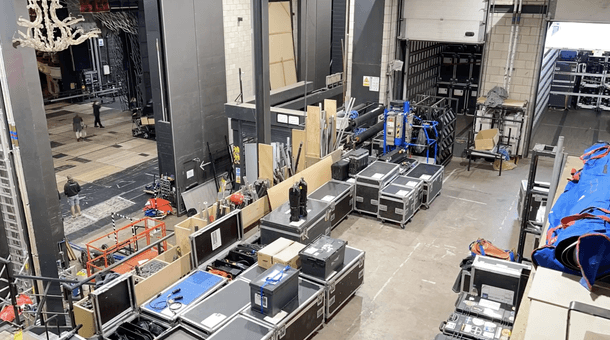Virtual Stage
Virtual Stage
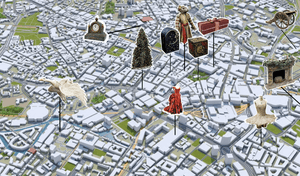
Welcome to our Virtual Stage: an exploration into the realm of immersive technology, merging the artistry of ballet and theatre production with virtual reality (VR) and augmented reality (AR) experiences.
With substantial investment in equipment and by working alongside industry-leading partners we are pioneering the use and application of immersive technology in classical ballet, unlocking new artistic frontiers.
This extraordinary initiative has given us multiple new avenues through which to explore choreographic and storytelling concepts, creating a dynamic fusion of traditional ballet and technological innovation. At its core our Virtual Stage is about a desire to innovate and push the boundaries of this art form that we love, to break down barriers to access and foster a sense of inclusivity for all.
This project was developed with the support of Bloomberg Philanthropies’ Digital Accelerator Programme for Arts and Culture. We are immensely thankful to the Bloomberg Philanthropies’ Digital Accelerator Programme for their generous support.

“I am absolutely thrilled that we have launched Birmingham Royal Ballet’s Virtual Stage, becoming one of the first ballet companies in the world to embrace immersive technology and unlock the potential it holds.
“I am particularly excited about the possibilities this work has for reaching younger and new audiences across the globe, bringing them up close to classical ballet in a way that, until recently, has not been possible.
“Virtual Stage is another example of BRB’s commitment to pushing boundaries and keeping ballet fresh and relevant for future generations.”
Carlos Acosta, Artistic Director Birmingham Royal Ballet
What is immersive technology (and why?)
Immersive technology refers to highly advanced digital tools that create highly immersive, sensory experiences for users, often blurring the lines between the physical and virtual worlds. Immersive technologies like augmented reality (AR), virtual reality (VR) and motion capture (mo-cap) create experiences, and allow users (our audience) to become an integral part of a simulated environment and interact with us in ways that until recently were impossible.
Virtual reality is a computer-generated environment with scenes and objects that appear to be real, making the user feel they are immersed in their surroundings. This content is experienced through devices such as a VR headset.
Augmented realityallows digital images and information to be displayed against a background of the physical environment through a smart device such as a phone or tablet.
Motion capture involves the movements of dancers many times per second from sensors positioned around the body. Only the movements are recorded - not their real visual appearance. The animation data is then mapped to a 3D model which is enabled to perform the actions that were captured.
